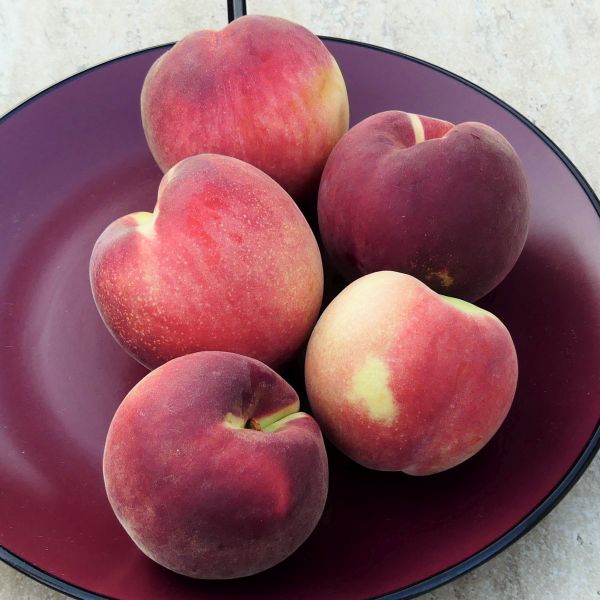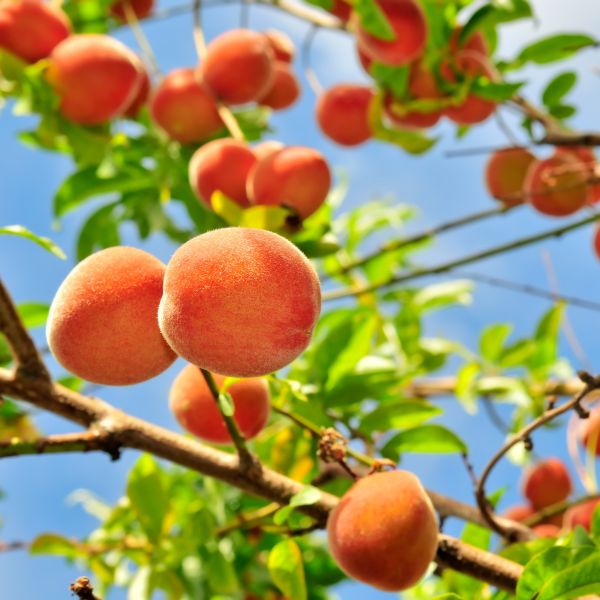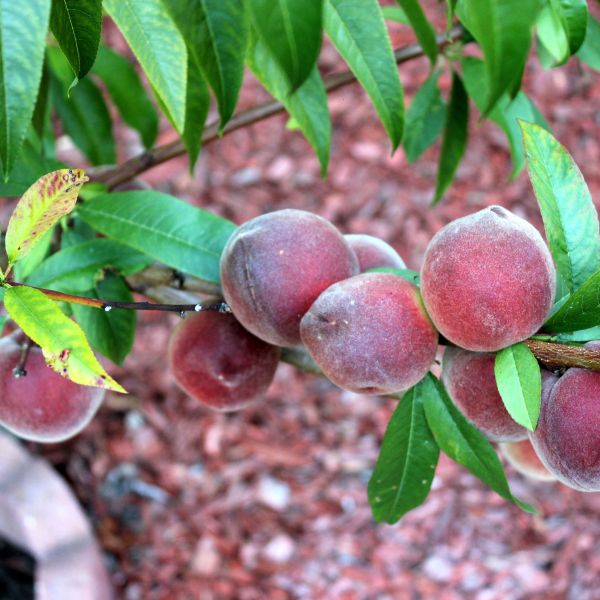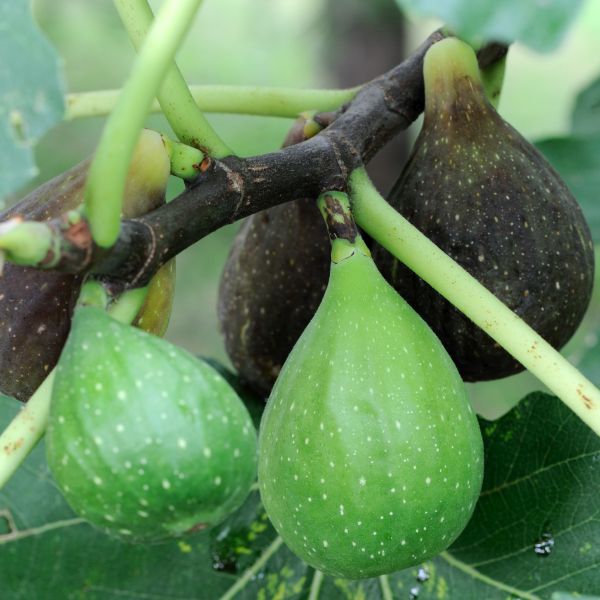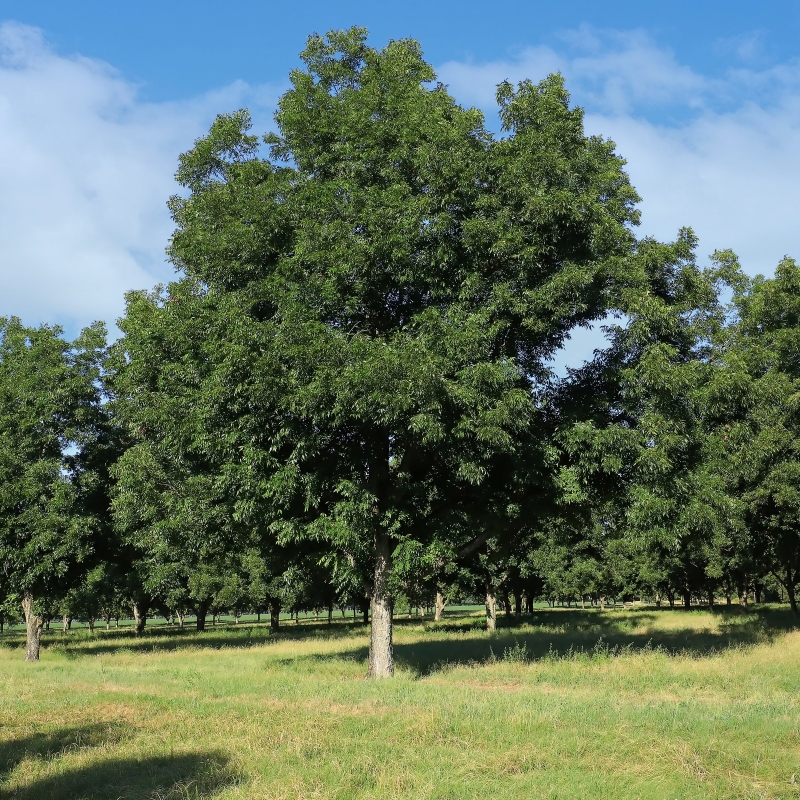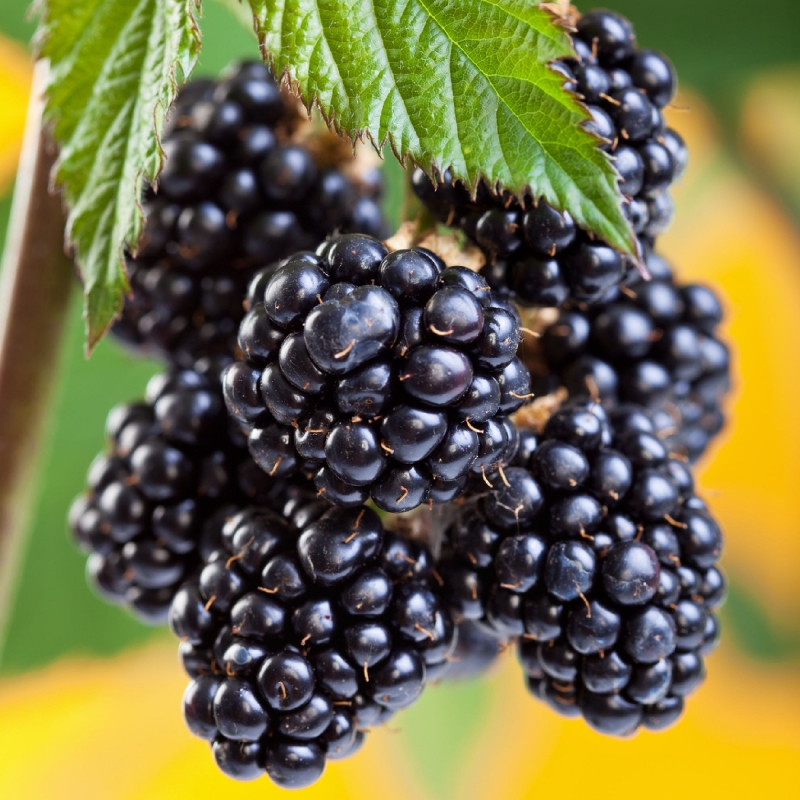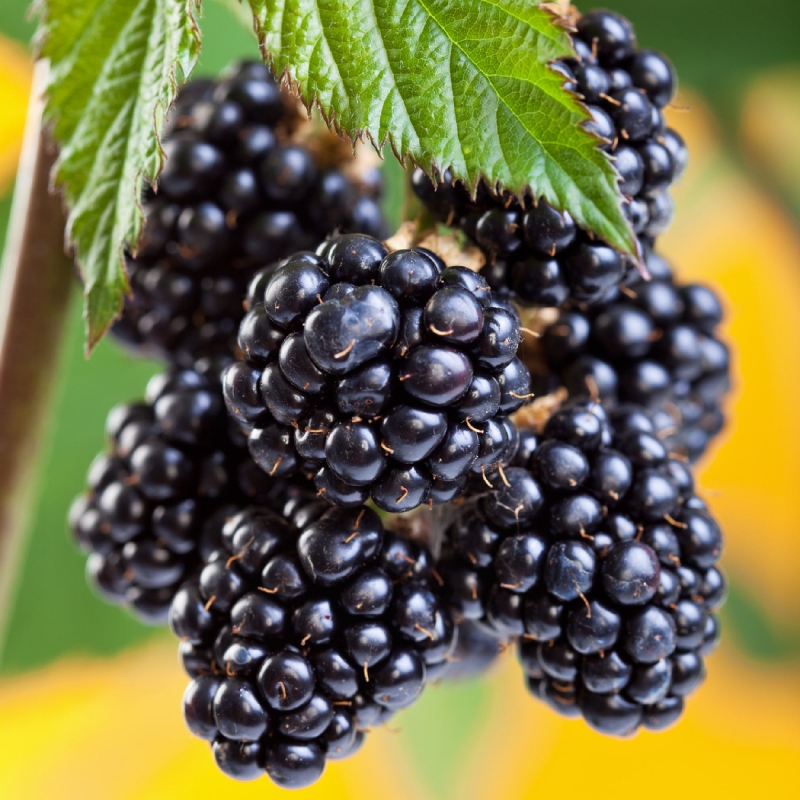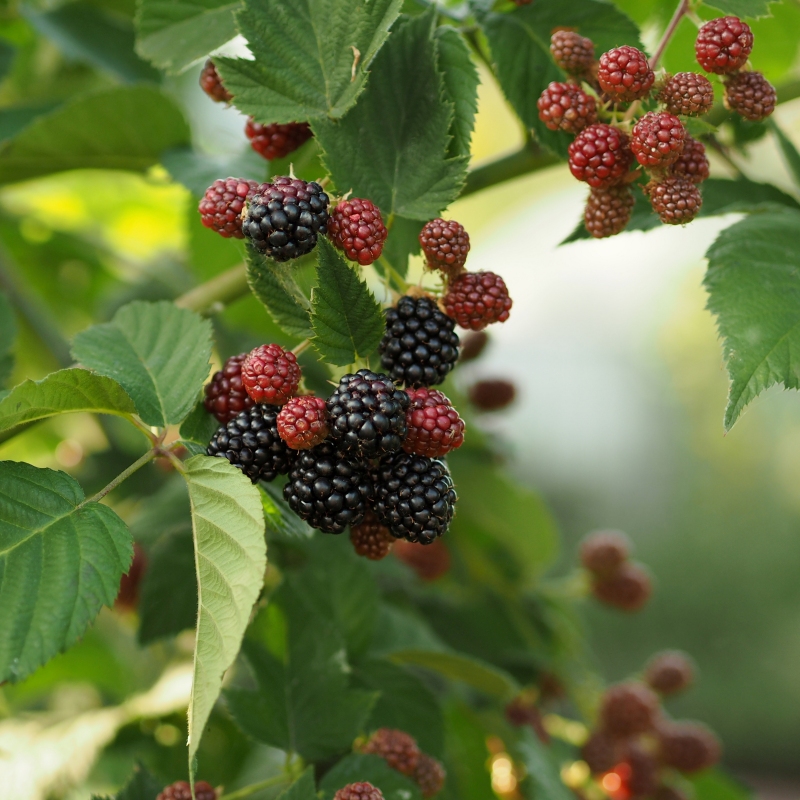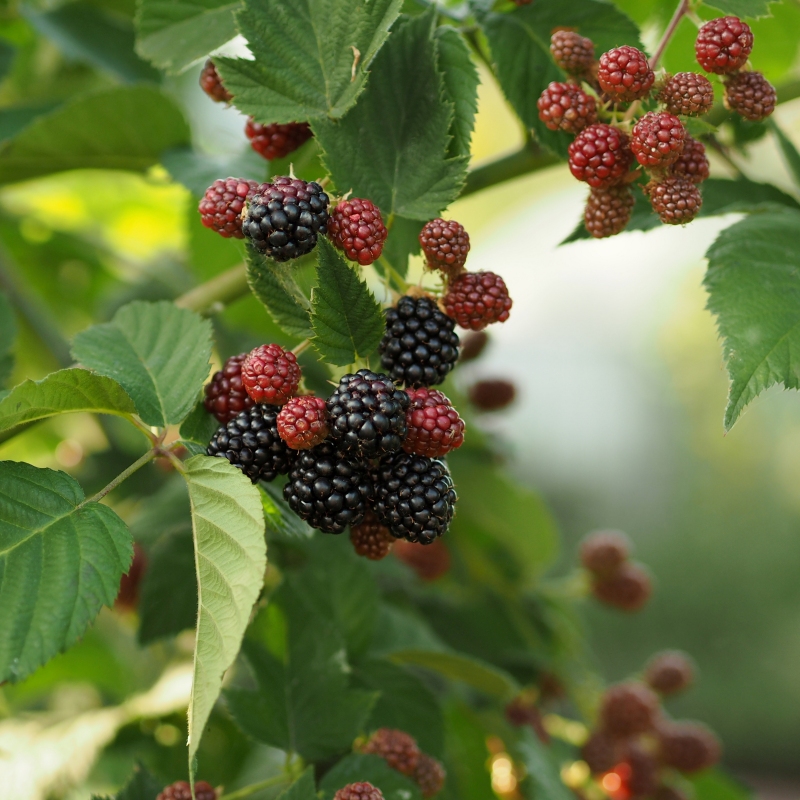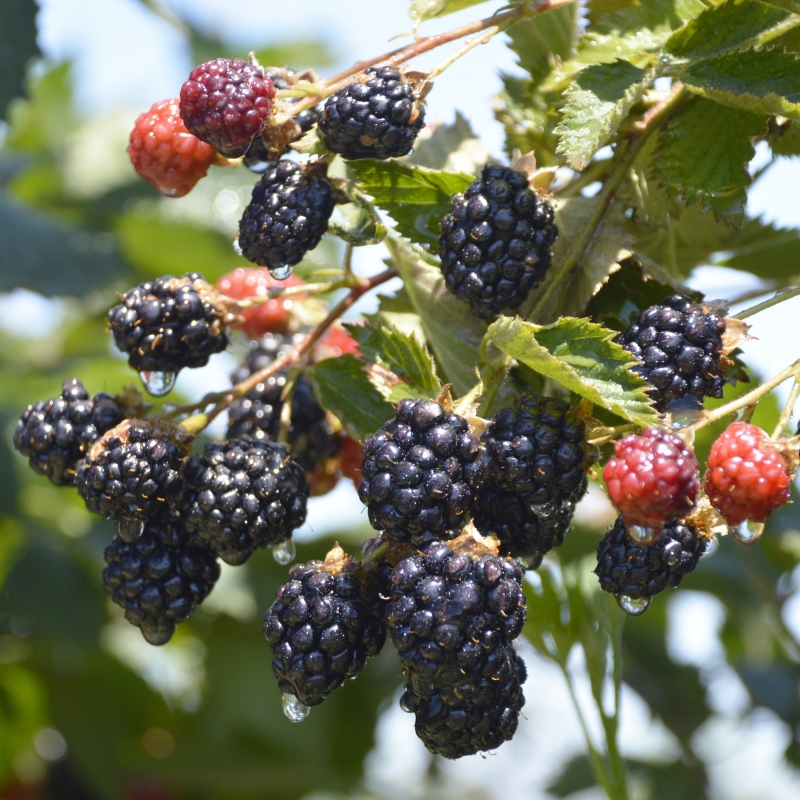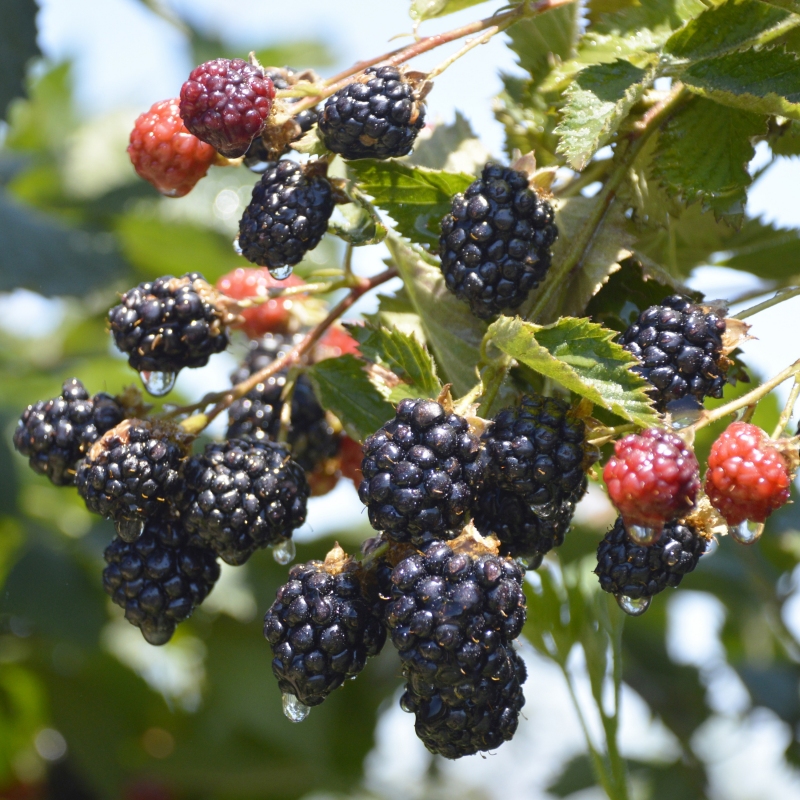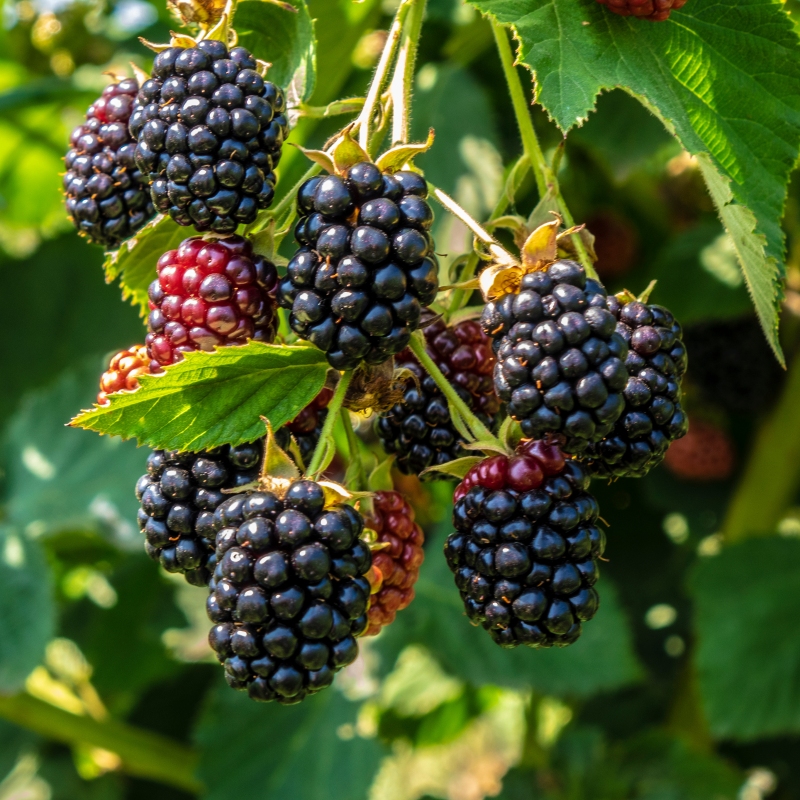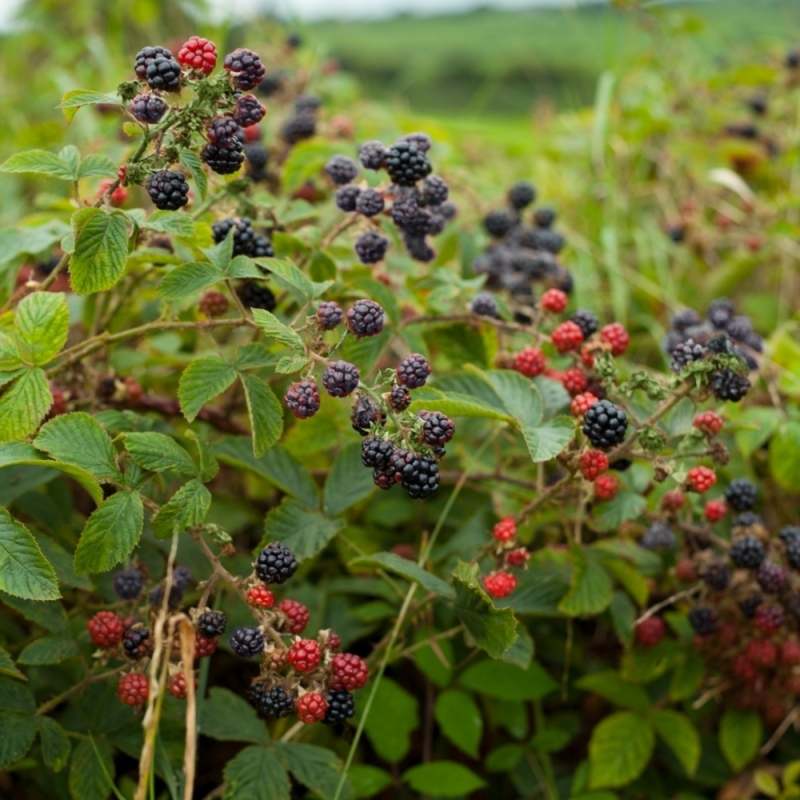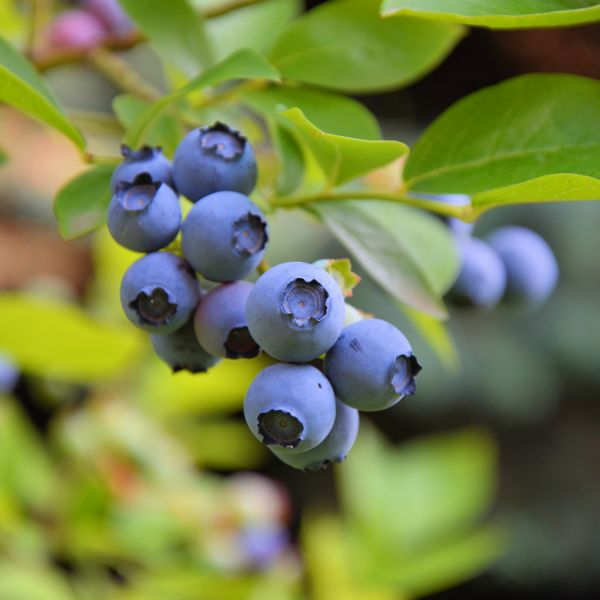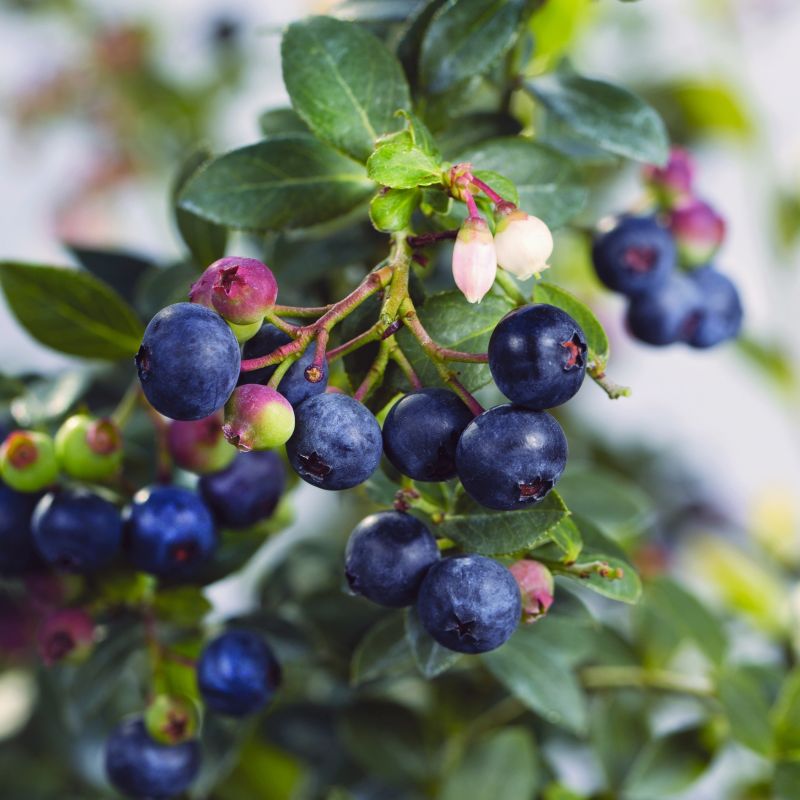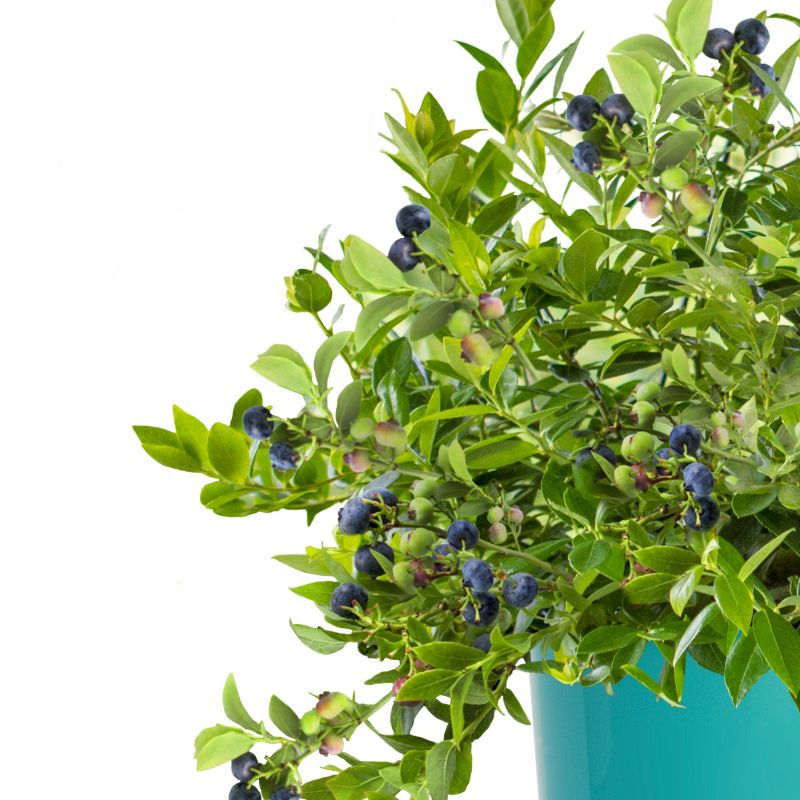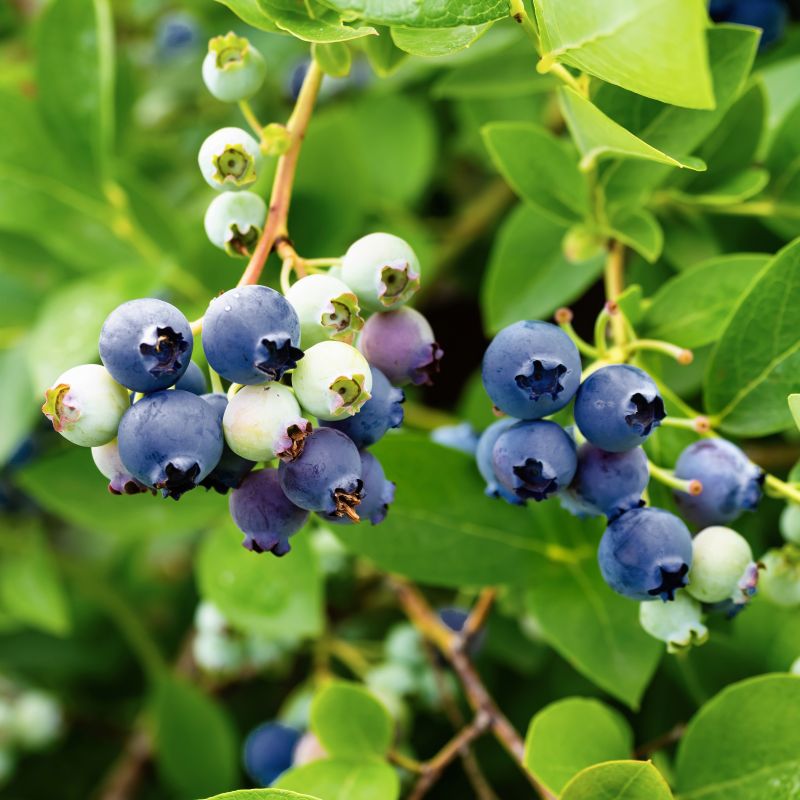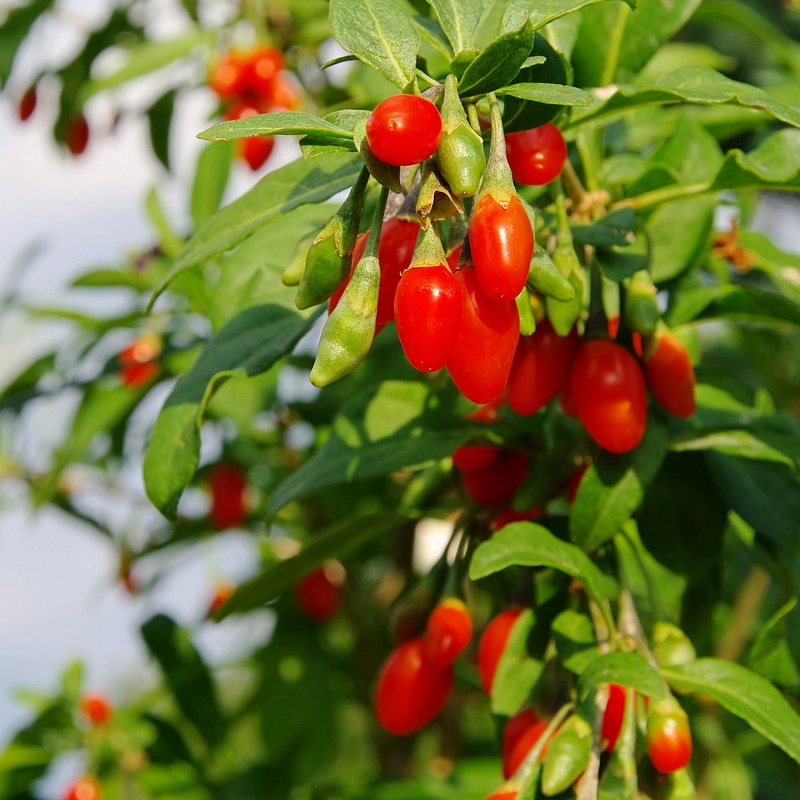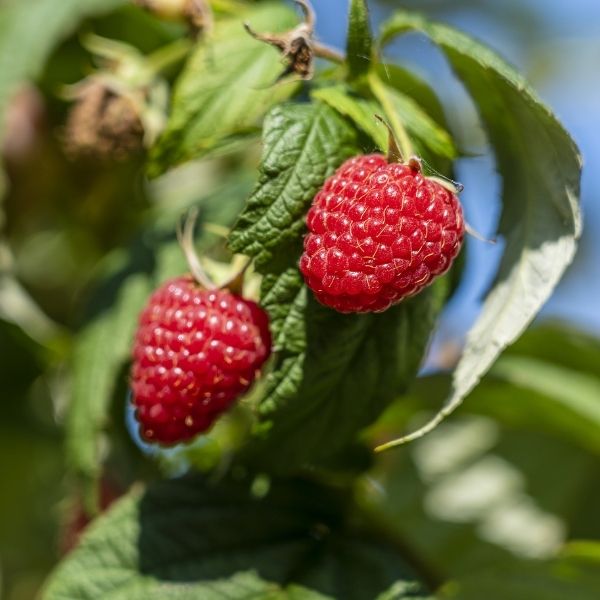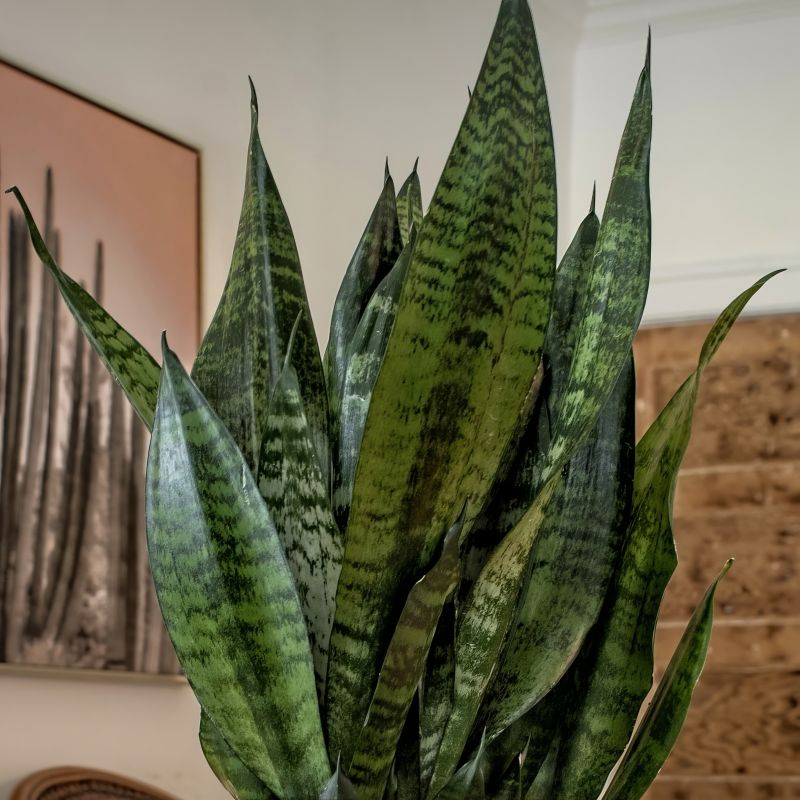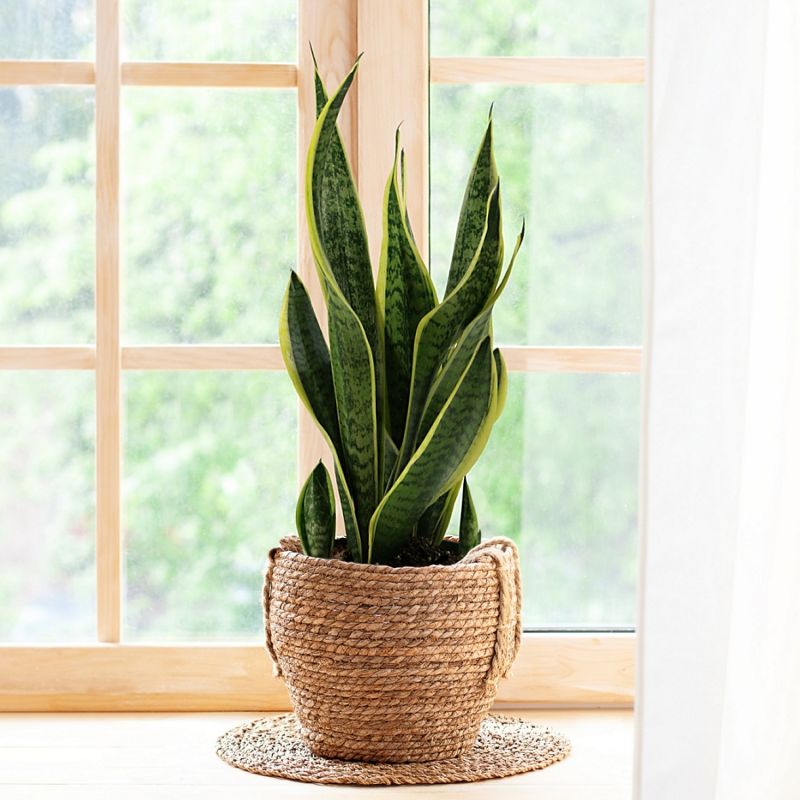

Babcock Peach Tree
Prunus persica 'Babcock'
8 reviews


Babcock Peach Tree
Prunus persica 'Babcock'
8 reviews
$115.00
$165.00
30% Off
2.5 Gallon 4-5 Feet
We are sorry, product is currently out of stock due to seasonal availability. Please check the "Related plants available in your area" section below
Why Babcock Peach Tree?
The Babcock Peach Tree is a popular fruit tree variety because of its deliciously juicy and sweet peaches. It is known for its high yield, producing large fruit that is perfect for eating fresh or for use in preserves and desserts. The tree itself is a vigorous grower, but can be easily pruned to keep it at a manageable size for home gardens.
Related plants available in your area
Sunlight
The Babcock Peach Tree requires full sunlight exposure to thrive and produce abundant fruit.
Watering
Babcock Peach Trees typically require regular and deep watering, especially during the growing season. They prefer moist soil, but it is important to avoid overwatering as it can lead to root rot.
Fertilizing
Babcock Peach Trees require a balanced fertilizer with an NPK ratio of 10-10-10. Additionally, they benefit from regular applications of organic matter such as compost or well-rotted manure to help improve soil fertility and nutrient uptake.
The Babcock Peach Tree is an increasingly popular variety of peach trees remarkable for the unique flavor of its white peach. The Babcock peach trees bloom early with showy pink blossoms that are followed by freestone, red-blushed peaches with creamy white flesh.
The extra sweet fruit of those fruit trees is medium to large, with a round shape and a slightly flattened appearance like the donut peach, and smooth juicy flesh. The white-fleshed peaches are perfect for fresh eating but blend very well in various dessert recipes.
The Babcock Peach tree is a vigorous grower, reaching a height of around 15 to 20 feet although their size can be restrained through pruning if desired.
It is self-fertile, but planting multiple trees can increase fruit production if you desire. This variety is also known for its resistance to peach leaf curl disease.
Babcock peach trees have low chill requirements (250 chill hours) and are generally low maintenance. They are hardy in USDA growing zone range 6-9.
Plant Babcock peaches in full sun where it would get at least 6 hours of direct sunlight. They should also be grown in fertile, well-drained soil. Water weekly and mulch to retain moisture.
If you so want, you can prune the trees in early spring or late winter to restrain height and shape. The tree will bear fruit in its third year. Order yours today from Shrubhub to enjoy those delicious peaches and the showy pink blossoms.
Plant Information:
| Botanical Name: | Prunus persica 'Babcock' |
| USDA Zones: | 6-10 |
| Water: | Medium |
| Exposure: | Full Sun |
| Soil Needs: | Well Drained |
| Mature Height: | 12 - 15 feet |
| Mature Spread: | 12 - 15 feet |





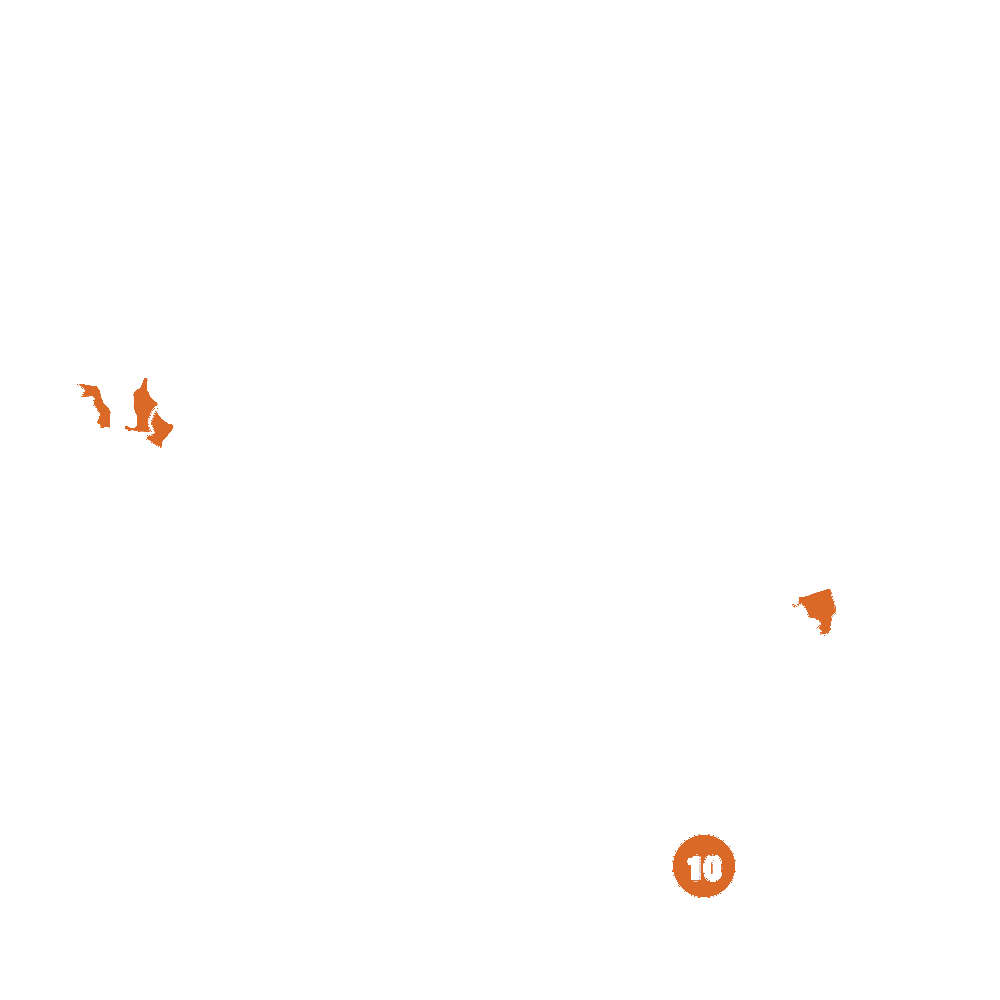
Pollination Info
Pollination Information for Babcock Peach Tree
The Babcock peach tree is partially self-fertile and does not require another tree for pollination. However, cross-pollination with another peach tree can increase fruit production and improve fruit quality.
If a second tree is desired for cross-pollination, it is important to select a peach tree that blooms at the same time as the Babcock peach tree. Good pollinators for the Babcock peach tree include:
- Flordaglo or Flordaprince peach trees
- June gold peach trees
- Redhaven peach trees
- Springcrest peach trees
Pollination occurs when bees or other insects transfer pollen from the male reproductive organs of a flower to the female reproductive organs of another flower. Peach trees typically bloom in early to mid-spring, and require bees or other insects to carry out pollination.
To attract bees and other pollinators to your peach tree, avoid using pesticides that are toxic to bees and plant flowers nearby that are attractive to pollinators.
FAQ
Babcock Peach Trees (Prunus persica 'Babcock') - Frequently Asked Questions (FAQ)
What is a Babcock Peach Tree?
A Babcock Peach Tree is a cultivar of the Prunus persica species of peach tree. It is known for its large, yellow fruit with a red blush and its sweet, juicy flavor. It is a deciduous tree that typically grows 12-18 feet tall.
When does the Babcock Peach Tree bloom?
The Babcock Peach Tree typically blooms in mid to late February. Its flowers are light pink, with five petals and a yellow center.
What is the best location to plant a Babcock Peach Tree?
The Babcock Peach Tree thrives in full sun and in well-drained soil. It is recommended to plant the tree in an area with good air circulation to prevent diseases. It also requires about 600-700 chill hours per winter.
When is the best time to plant a Babcock Peach Tree?
The best time to plant a Babcock Peach Tree is in the late fall or early winter, when the tree is still dormant. This allows the roots to establish before the tree begins to actively grow in the spring.
How much water does a Babcock Peach Tree need?
A Babcock Peach Tree needs regular watering to thrive. It is recommended to water the tree deeply once a week, especially during dry spells.
What is the best fertilizer for a Babcock Peach Tree?
A Babcock Peach Tree benefits from a balanced fertilizer, such as a 10-10-10 or 20-20-20 blend. It is recommended to fertilize the tree in the spring just as it begins to bud, and again in midsummer.
When is the Babcock Peach Tree ready for harvest?
The Babcock Peach Tree is ready for harvest in mid to late June. The fruit should be picked when it is fully ripe and easily separates from the tree.
How should the Babcock Peach Tree be pruned?
Pruning a Babcock Peach Tree is important for shaping the tree and promoting fruit production. It is recommended to prune the tree in late winter or early spring, before the buds begin to swell. Remove any dead or diseased wood and thin out the branches to allow for better air circulation and sunlight.
What pests and diseases should I watch out for with a Babcock Peach Tree?
The Babcock Peach Tree is susceptible to a number of pests and diseases, including peach tree borers, oriental fruit moths, and brown rot. It is important to practice good garden sanitation, remove any fallen fruit or debris, and apply pesticides or fungicides as needed.
Planting & Care
Planting & Care for Babcock Peach Tree
Babcock Peach Tree (Prunus persica 'Babcock') is a delicious, juicy and sweet variety of peach that is easy to grow and maintain when planted in the right conditions. Here's how to properly plant and maintain a Babcock Peach Tree:
Planting
- Choose a well-draining location that receives at least 6 hours of sunlight each day.
- Dig a hole that is twice the width of the Babcock Peach Tree's root ball and the same depth.
- Mix in some organic compost with the soil dug out of the hole.
- Gently place the root ball in the middle of the hole and cover with the mixed soil.
- Water the tree thoroughly and add a layer of mulch around the base of the tree.
Care
Watering
Babcock Peach Trees need to be watered deeply once a week, especially during hot and dry weather conditions.
Fertilizing
Apply a balanced fertilizer, such as 10-10-10, once a year in the early spring.
Pruning
Prune the tree during the late winter or early spring to promote new growth and remove any damaged or dead branches.
Pest and Disease Control
Keep an eye out for common pest and disease issues, such as peach leaf curl, aphids, and borers. Apply appropriate control methods as necessary.
Harvesting
Babcock Peach Trees typically produce fruit in mid-summer. Ripe peaches will be slightly soft to the touch and will easily detach from the tree when twisted gently.
Follow these planting and care tips to ensure a healthy and fruitful Babcock Peach Tree.
Check Out These Verified Customer Reviews:
Customer Reviews
4.8 out of 5 based on 8 reviews
Thank you! Your review has been submitted.
Arrived in perfect condition.
Fast and secure shipment.
The Babcock Peach Tree I received was healthy and looked fantastic. The tree was well-packaged and arrived in great condition. The quality of the tree exceeded my expectations!
Item has been added to your cart.



